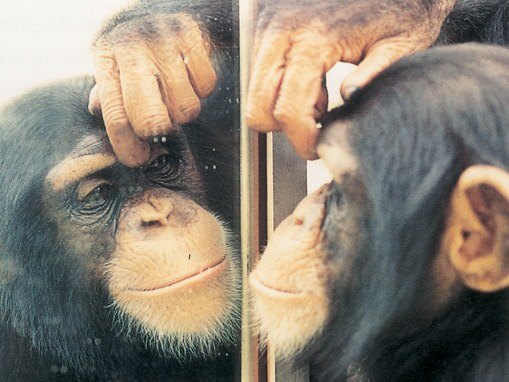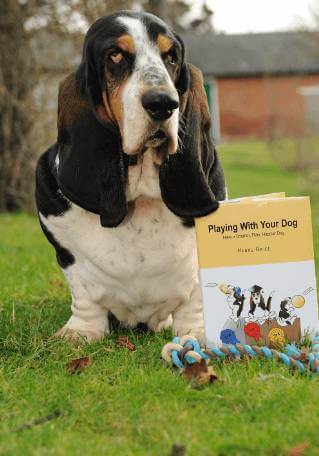The most common test of self-awareness is the ‘mirror test’ developed by Gallup in 1970, originally using chimpanzees.

The mirror test works on the principle of placing a mark (e.g. sticker or painted dot) on the subject somewhere they typically do not see, such as their forehead, then they are given access to a mirror. If the individual attempts to touch the mark or interact with it in some way, it is determined that they possess visual self-recognition.
Toddlers (aged 1-2yrs) have shown this ability. Although a study in 2004 published in Child Development called into the question the idea that self awareness can be exhibited by this age. Researchers found this tended to only apply to children from Western nations, and non-Western children failed to pass the mirror self-recognition test by 24 months – and in some countries they were still not succeeding until they were six years old. This doesn’t necessarily mean they lacked self-awareness but more likely it comes down to how the results are interpreted. Read more on this at Kids (and Animals) Who Fail Classic Mirror Tests May Still Have Sense of Self – Scientific American.
Are our four-legged friends self-aware?
The mirror test has been conducted with various animals including elephants, dolphins, magpies and gorillas to name a few. Whilst these experiments may evidence awareness of ‘self’, it does not necessarily mean that those animals who fail this test do not possess such abilities. That’s because we often assume non-human animals’ perception of the world is like ours, albeit a simpler version.
However, dogs consistency fail the mirror test – they do not appear to recognise themselves. However, when you consider how dogs perceive their world, it is primarily through scent! A good example of how dogs “see” their world through smells is illustrated by the video from Dr Alexandra Horowitz (2015). Duration: 4.27 mins.
Group self-recognition
However, analyses of mirror self-recognition at group level has been lacking; up until recently only one study has looked at this area involving pandas.
Now, a new paper has shown that self-awareness exists in a group of horses, and this presents interesting opportunities for future exploration. Read more about this study at https://link.springer.com/article/10.1007/s10071-021-01502-7
So, next time your dog spots his reflection in the mirror and barks, it’s possible that he sees this as another dog in the room looking right back at him but there’s no smell – and that can be very confusing!
©Hanne Grice
Learn more about our classes

Get Hanne's book, clothing and more
Hanne has a number of publications including her book Playing With Your Dog to help owners work out the games that are best suited for their pet to play throughout his life, from puppyhood to old age, available from Amazon. Check out Hanne's range of contemporary casuals The Collection – for pet lovers made from recyclable, organic materials that are sustainably sourced.

